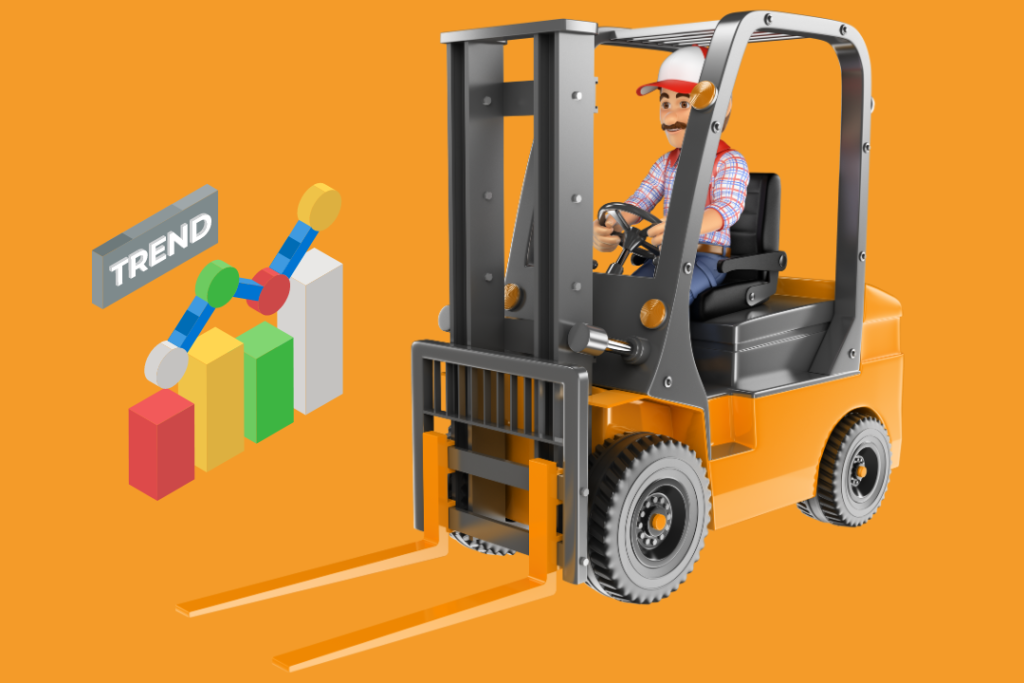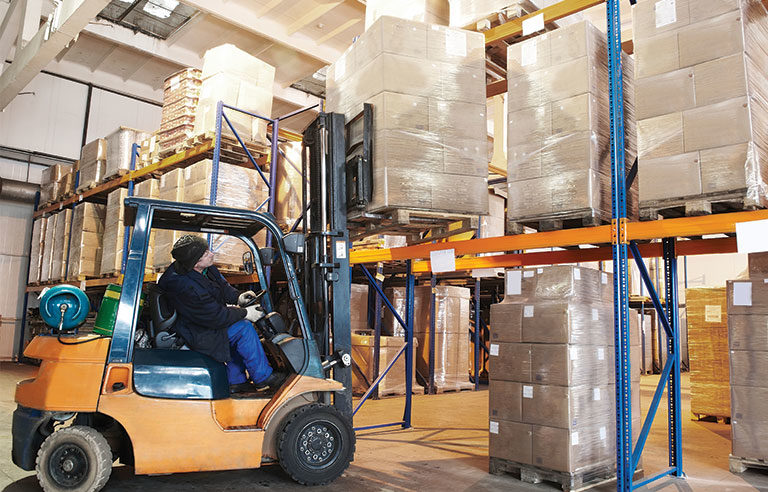The forklift market stands as one of the most dynamic industries today, boasting a global valuation of $62 billion in 2022. Rapid technological advancements, coupled with shifting consumer demands, are reshaping the landscape of forklifts. Here are the top ten trends poised to influence the forklift market in the years to come:
1. Automation
The prevalence of automation and semi-automation is on the rise in the forklift market, driven by the demand for unmanned vehicles. Fully automated forklifts, operating without a driver, reduce labor costs and enhance efficiency. Semi-automation provides a hybrid solution, utilizing technology to automate specific functions. As AI technology advances, the automated and semi-automated forklift market is expected to grow.
2. Electrification
With an increasing emphasis on reducing carbon emissions and enhancing sustainability, the electric forklift market is surpassing traditional engine-powered forklifts. Electric trucks offer a cleaner and more cost-effective alternative, with continuous improvements in battery technology.
3. Safety Features
Global forklift manufacturers are prioritizing safety features to address the common occurrence of accidents in warehouses and factories. Significant investments in advanced safety features, including collision detection and proximity sensors, aim to achieve ‘zero accidents.’ AI and digitization technology are augmenting human efforts in SMART warehouses, promising exponential growth in this space.
4. Data Analytics
Data analytics is gaining importance in the forklift market, similar to other industries. Manufacturers leverage data on usage patterns and maintenance requirements to optimize performance and reduce downtime. The SMART, connected warehouse is becoming a reality.
5. Ergonomics
The focus on ergonomics in forklift design is increasing, with manufacturers prioritizing driver comfort and safety. Originally pioneered by Swedish manufacturers, this trend has influenced every vendor, resulting in forklifts with improved seating, controls, and visibility. Enhanced ergonomics have been shown to raise productivity and reduce staff attrition.
6. Telematics
Telematics technology and digital fleet management are increasingly used in forklifts for remote monitoring and management. Real-time tracking of vehicles and performance data enhances safety, reduces costs, and optimizes operations. This technology is still evolving, making it a space to watch as SMART warehouses adapt and change.
7. Customisation
Customisation is gaining importance in the forklift market, with manufacturers offering various options and accessories to meet specific customer needs. Driven by the demand for specialized forklifts for niche applications, this trend challenges the mass-produced designs offered by volume sellers.
8. Fuel Cells
Fuel cell technology emerges as a viable alternative to traditional batteries in electric forklifts, offering longer run times and faster refueling. Growing concerns about the sustainability of lithium mining may lead to significant changes in this area as technology advances.
9. Sustainable Materials
The use of sustainable materials is gaining prominence in forklift design, with manufacturers incorporating recycled plastics and bio-based materials to reduce environmental impact.
10. Rental Market
The rental market for forklifts is expanding, driven by the rising demand for flexible and cost-effective solutions. Rental companies offer a range of forklifts and related services to meet customer needs.
11. Artificial Intelligence Integration
The integration of Artificial Intelligence (AI) is emerging as a transformative trend in the forklift market. AI applications, such as machine learning algorithms, are being utilized to enhance predictive maintenance, optimize route planning, and improve overall operational efficiency. As AI technology continues to evolve, its integration is expected to play a pivotal role in shaping the future of forklift operations.
12. Enhanced Connectivity and IoT
The forklift market is witnessing a surge in enhanced connectivity and the Internet of Things (IoT). Forklifts are becoming more interconnected, allowing for real-time communication between machines and centralized systems. This connectivity facilitates better monitoring, preventive maintenance, and data-driven decision-making. The rise of IoT in the forklift industry is poised to bring about heightened efficiency and performance.
In conclusion, the forklift market is evolving rapidly, propelled by technological, social, and economic factors. Manufacturers embracing these trends and adapting to changing consumer demands will position themselves for success in this dynamic industry.



